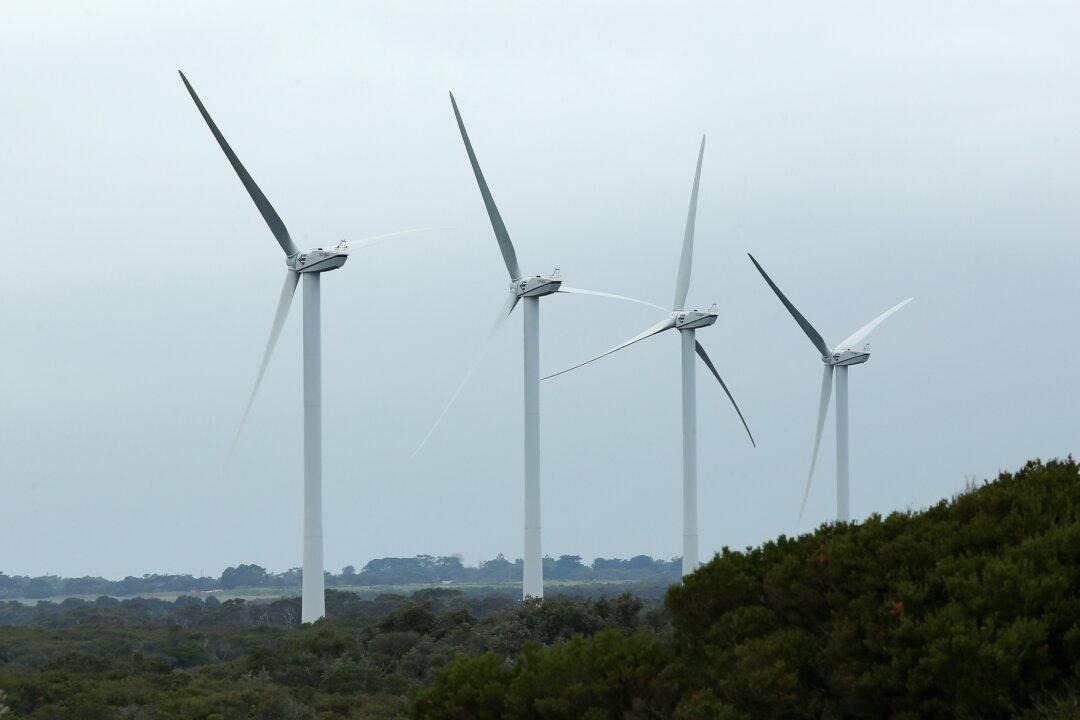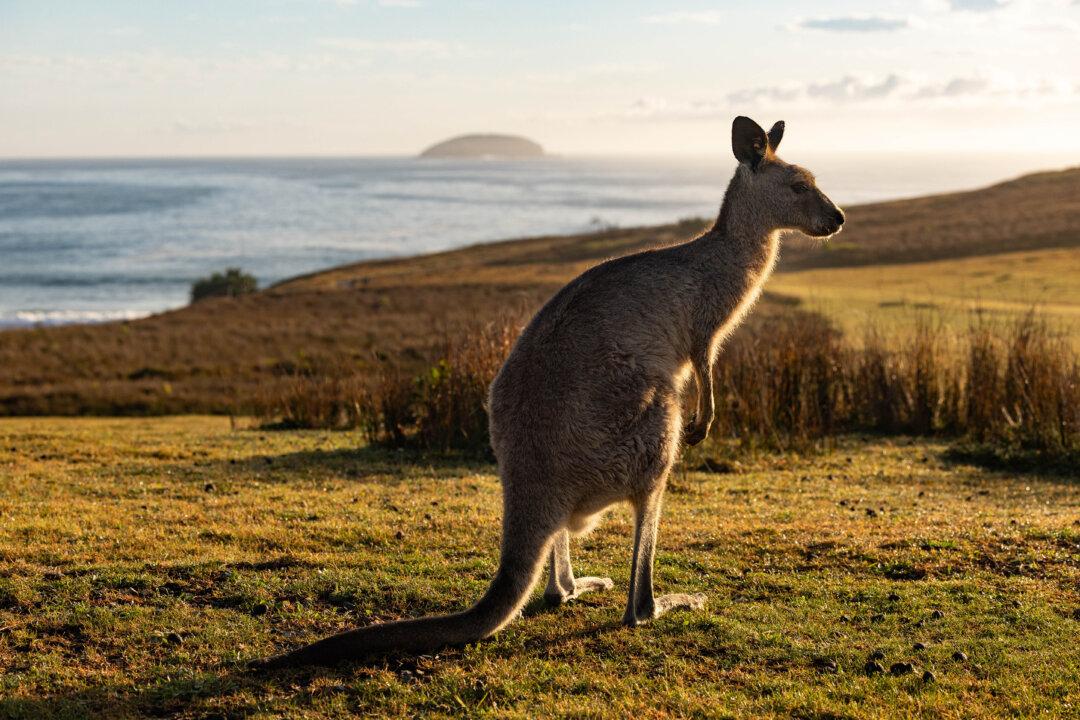The cost of living crisis has intensified in the last 12 months as most Australians paid more for essential goods and services, a new study has shown.
Lead researcher Eloise Zoppos said the cost of living crisis was worsening for Australians, as most consumers felt necessities got more expensive.
“Our research found that over half of Australians (69 percent) feel that groceries and grocery-related products cost more at the time of the survey than at the same time last year, and a similar sentiment was evident when it comes to housing costs, including rent, mortgage repayments and utility bills, and insurance prices,” she said.
In terms of actual spending, 62 percent of the respondents reported paying more for housing, including rent, mortgage and utility bills, compared to the same time last year.
Insurance and groceries were other top categories that experienced price growth, followed by health , takeaway and restaurant meals, and travel and tourism.
Meanwhile, books and stationery, and consumer electronics saw the least percentage of consumers reporting price increases.
At the same time, Ms. Zoppos found that over half of the surveyed shoppers believed the price increases were unfair to them.
Changes in Consumers’ Spending Behaviours
To cope with rising living costs, Australian consumers have had to change their spending habits.Specifically, the report found that compared to last year, the number of shoppers who will wait for an item to go on sale before they make the purchase increased by 58 percent.
There was also a 54 percent increase in the number of consumers shopping for cheaper brands of usually bought products and a 52 percent rise in those deferring purchases indefinitely.
Other measures to reduce the price pressure reported by consumers were shopping for second-hand products, shopping for products that were locally produced and shopping for products with higher quality (compared to fast and disposable products).
“It is clear that many Aussies are revisiting their usual spending habits,” Ms. Zoppos said.
Along with changing shopping habits, Australians started to save money to cover unexpected expenses.
“We found that 82 percent are saving at least a portion of their monthly income–although unfortunately, this means that 18 percent are unable or choosing not to save at all,” Ms. Zoppos.
“Of those who do save some of their monthly income, 36 percent of these people save 10 percent or less of their monthly income.
“The most popular savings methods were traditional savings accounts (71 percent), high interest savings accounts (28 percent), shares (24 percent), saving physical cash (20 percent), and fixed interest investments (19 percent).”
Treasury’s modelling indicated inflation would remain at that level until the middle of 2025 before dipping further to 2.5 percent by the end of that year, which is in line with the Reserve Bank’s target.







